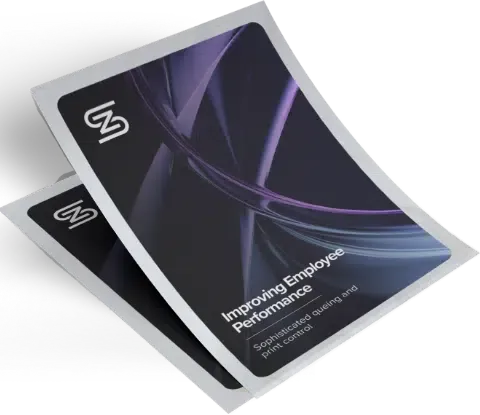Busting automation myths: 1) Automation isn’t about software. It’s equally about culture.
Automation does not occur in a vacuum.
Contrary to public opinion, putting an automation system in place is not about dropping in a piece of software, doing some integrations and then happy days.
Actually, the biggest part of automation is how you mesh processes, people and machines.
Automation should add value and enhance your culture to make it easier to get all your team on the same page and motivate the right behaviors.
When you automate a workflow process, there’s a danger you might create a hidden rulebook that just magically, beautifully runs the business. That’s great but a by-product can be that people just do what’s in front of them.
- They lose the perspective of ‘why’ they are doing
- and exercise less judgement in executing their tasks.
So, as you go down the path of automating your organization, I recommend you keep your people front and center in the design of your solution.
Use the power of your workflow automation system to deliver team-centric dashboards and real time publishing of information to keep your team informed about what they have to achieve, how they are performing and empower them. To give them the tools to understand “their context”.
Fostering a strong workplace culture can lead to significant cost savings through a strong workplace culture. When employees are engaged and aligned with the company’s goals, productivity improves, and waste decreases, ultimately enhancing the bottom line and contributing to a more efficient manufacturing process.
Understanding the challenges and cultural shifts in POD is crucial for manufacturers. As the industry evolves, adapting to these shifts can enhance operational efficiency and customer satisfaction. Embracing a culture of continuous improvement and innovation will enable on-demand manufacturers to thrive amidst growing competition.
Flexible automation in manufacturing has become essential in adapting to ever-changing market demands. However, this flexibility can lead to increased complexity in workflows and processes. Organizations must find a balance between flexibility and streamlined operations to ensure that their automation strategies drive efficiency without creating unnecessary complications.
Rethinking traditional print shop setups can lead to greater efficiency and flexibility in operations. Automation is not just about software but also about culture shifts.
Understanding the role of culture in an organization is essential for achieving cost savings through culture shifts. By embracing a culture that values innovation and adaptability, businesses can streamline operations, enhance employee engagement, and ultimately reduce costs while improving overall efficiency.
Done right you can use automation to transform your culture and create a very different business.
And that makes it well worth doing.




